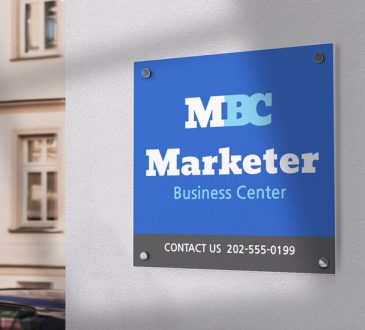
Transparency, performance, and trust are all fostered by good banking practices. A bank’s client connections and operational operations must adhere to good banking standards. These tenets and the procedures banks use combined make up sound banking practices. By releasing these guidelines, a bank in Burlington, NC, hopes to clarify what constitutes ethical banking practice and to communicate the expected behavior to their clients, staff, and other interested parties. Several pieces of legislation essentially control how a consumer and a bank interact. In addition to various statutory measures, the supervisory authorities also establish rules and guidelines that govern the interaction between a client and a bank. The legislation also recognizes the need to follow proper banking practices. Good banking practices do not change consumer agreements with a bank.
Here are some best bank practices:
- BANKING ACTIVITIES
Banks play a significant role in society as intermediaries in the financial system and suppliers of payment services. Therefore, banks will treat all of their stakeholder groups fairly. To conduct themselves ethically and professionally, banks must. A bank will give the status of its depositor considerable consideration. The bank will organize the appropriate monitoring, control, and administration of the acts of its workers, ensuring that they are suitably qualified and trained for their jobs. Conflicts of interest can develop between a bank and its client or customers throughout banking activities. The bank won’t attempt to profit from such circumstances improperly.
- RELATIONS WITH CUSTOMERS
Long-term connections will improve the integrity and trust that will underpin customer interactions. Banks shall conduct their operations with proper consideration for the interests of their consumers. The bank won’t reject a client connection based on discrimination. The customer will be given the option to choose the required services from the bank’s service portfolio after being informed of other acceptable services. Unless a specific service is offered under the terms of the agreement between the client and the bank, a customer will be free to move to another service or bank. Following best practices for banking, the bank will get to know each customer relationship’s needs by learning as much as possible about that person’s financial situation.
- RESPONSIBLE CUSTOMER ACTION
Legally, banks must be aware of their clients. The bank must collect the relevant data about a customer’s operations, financial situation, and usage of banking services, as well as data on the corporate setup and owners for corporate clients. The bank might need to find out where the money coming into a customer’s account is coming from and what it will be used for. The bank is obligated to confirm the customer’s identification and, if necessary, the representative’s identity. Following its risk-prevention guiding principles, the bank is free to determine and specify the kind of identity papers and verification processes it will accept. The estate inventory deed and its annexes are the primary sources of information used to identify the parties to an estate if that estate is the bank’s client.
In conclusion, there are good banking practices that every bank must adhere to; the above are some of them.




